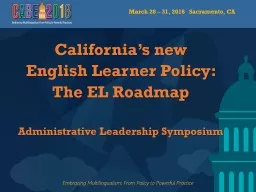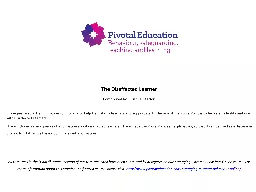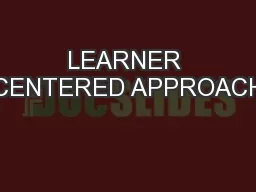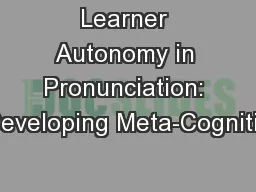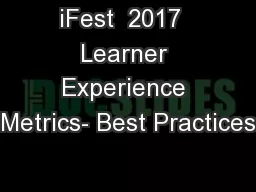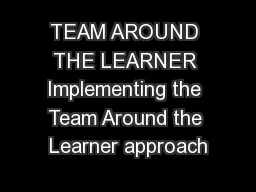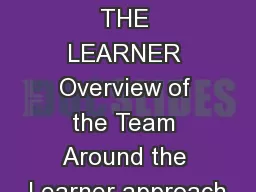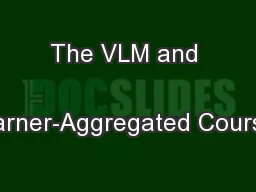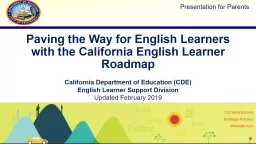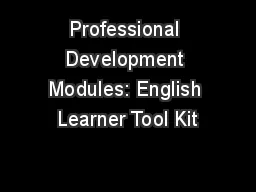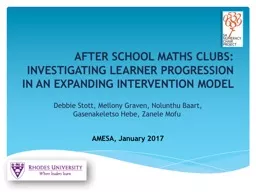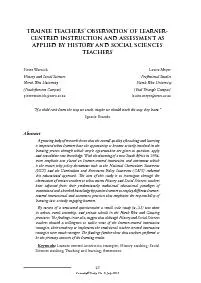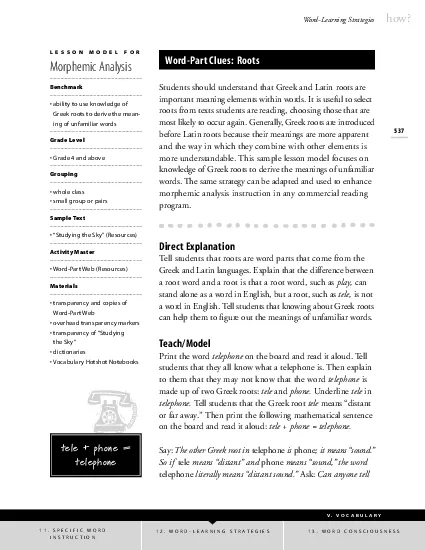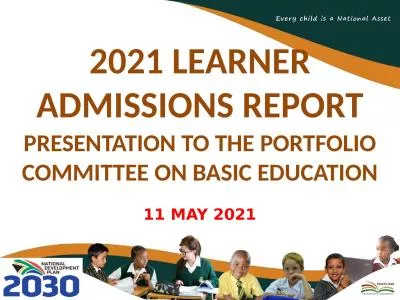PPT-California’s new English Learner Policy:
Author : test | Published Date : 2018-09-17
The EL Roadmap Administrative Leadership Symposium Create a space for likeminded leaders to convene around the vision of Biliteracy and English Learner education
Presentation Embed Code
Download Presentation
Download Presentation The PPT/PDF document "California’s new English Learner Poli..." is the property of its rightful owner. Permission is granted to download and print the materials on this website for personal, non-commercial use only, and to display it on your personal computer provided you do not modify the materials and that you retain all copyright notices contained in the materials. By downloading content from our website, you accept the terms of this agreement.
California’s new English Learner Policy:: Transcript
Download Rules Of Document
"California’s new English Learner Policy:"The content belongs to its owner. You may download and print it for personal use, without modification, and keep all copyright notices. By downloading, you agree to these terms.
Related Documents

